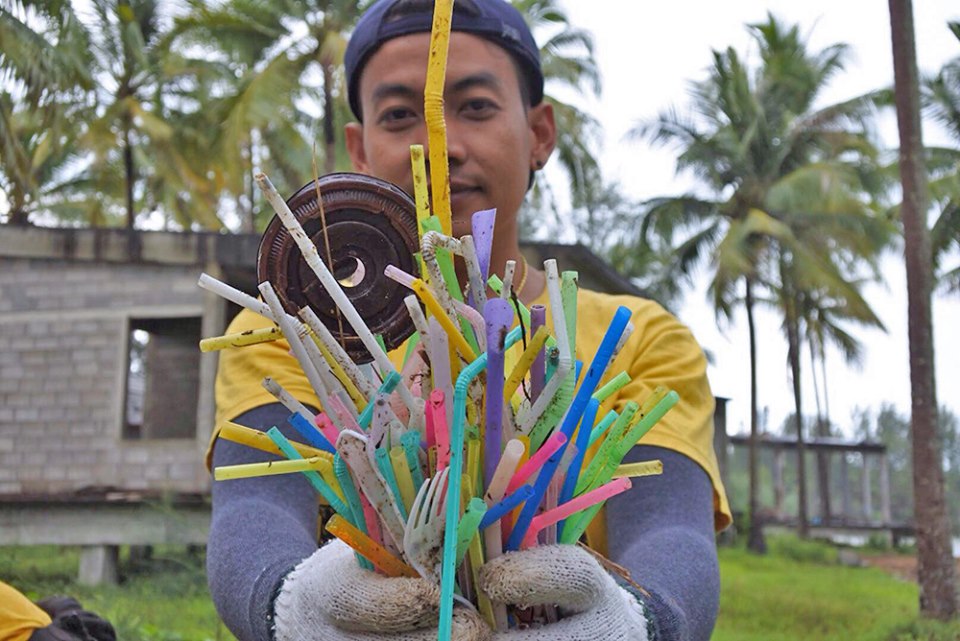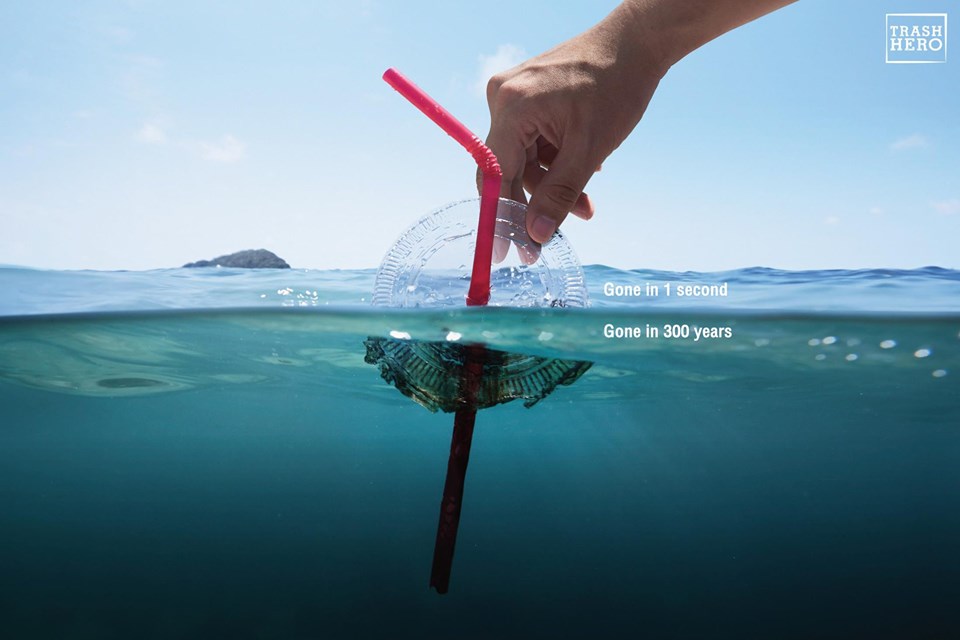Plastic is everywhere in modern life. Its purpose is practical – it’s durable, lightweight, and versatile across its millions of uses. But until recently, little has been studied about the impact of our constant, everyday exposure to the chemicals that make up plastic items, and experts are worried about potential long-term health effects that can result from our societal addiction to plastic.
Last month, a landmark study was published in the journal Environmental Science and Technology that detailed the harmful chemical content found across a wide range of everyday plastic items. Surprisingly, the study also found that bioplastics, marketed as a sustainable, yet familiar alternative, may pose just as much – if not more – of a health risk as its petroleum-based counterpart.

The Human Health Risk of Plastic
The aim of this study was to inform consumers about the safest types of plastic to use. But according to the research team, the results were more complicated than expected. Instead of being able to soundly point consumers in the safest direction, they found that issues of toxicity were widespread across nearly every type and brand of plastic.
The researchers studied commonly used plastic items from water bottles to food wrappers and yogurt cups, and found evidence that most of these popular consumer products do contain chemicals that can be harmful to human health. Some of these chemicals, like phthalates and BPA, have never been studied extensively in spite of their widespread use, but are thought to be what are known as endocrine disruptors, linked with a long list of reproductive, developmental, and other health issues.
What are Bioplastics and are they Safe?
Given the growing concern for environmental sustainability together with the longstanding uncertainty in the safety of plastic, bioplastics have emerged as a potential alternative. This material refers to any plastic made from plants instead of petroleum. It’s cheap to produce and argued as more sustainable alternative. Bioplastics reportedly biodegrade more easily, and produce up to 70 percent less greenhouse gases as they break down. Some bioplastic products claim to break down in a matter of weeks, and since they’re made from biological material, the argument is that as they decay they blend harmlessly into the environment.
But that isn’t the whole story. The study found that all bioplastics made of polylactic acid (PLA) – the most common type by far – showed toxicity levels similar to that of PVC, which is known to be the most highly toxic type of plastic available. The authors of the study said that the bioplastic solution, often touted as a “magic bullet” alternative by manufacturers, should be approached with caution to avoid adopting it as a “regrettable substitution.”

Are Bioplastics Really More Sustainable?
Even without these potential health risks linked to chemicals in bioplastics, the product doesn’t live up to its sustainable hype. While marketed as “green,” “eco-friendly,” and “biodegradable,” bioplastics may cause just as much – if not more – environmental damage than its standard plastic counterpart.
First, not all bioplastics readily break down as claimed. It’s been well documented that standard plastic will never fully degrade, but over time breaks down into microscopic plastic particles that can be damaging to the environment, animals and marine life, and human health. The idea is that bioplastics, since they are made from biological material, will harmlessly biodegrade. But this solution is misleading. Bioplastics can still take many decades to decompose, and a report by the 5 Gyres Institute found that most kinds of bioplastics won’t just do so in the natural environment, but require industrial-level composting. The consistent infrastructure for this just doesn’t exist – and where it does, the study finds that facilities simply won’t accept bioplastics as they delay processes.
The promise of recylcling falls short of reality as well. Technology does exist to recycle some forms of bioplastics, but almost no facilities currently exist. Bioplastics must be processed separately from standard plastic, resulting in expensive processes that aren’t feasible for most cities, and increased levels of local industrial emissions. As a result, bioplastics more often end up in landfills where they may release methane gas – a greenhouse gas 23 times more powerful than carbon dioxide.
Even if these facilities become widely available, there is the human element to recycling that has been repeatedly documented as inefficient. Experts report that less than one-fifth of recyclable material ever makes it to the right processing facility.
Secondly, bioplastics are made from plants like corn. The concept of “growing our plastic” takes land away from food production, results in greenhouse gas emissions from intensive agriculture, and can lead to water pollution from fertilizer runoff. Experts say that these indirect impacts can be even more harmful than if we just kept producing plastic from petroleum.
Reduction is the Answer
The idea of all-natural, compostable plastic sounds exciting, and the interest in products like bioplastic is an encouraging reminder that as a society we do want to make more sustainable choices in our everyday lives. But given the uncertainty of health risks and environmental consequences, reducing our reliance on plastic altogether shows the greatest promise for a waste-free future.
Engineering an alternative may one day succeed, but reduction is power we all have control of today. Small changes in our everyday lives can help eliminate its production altogether. Consider habits like:
- Eat fresh food – this reduces the likelihood your food has come into contact with potentially toxic chemicals, and limits the need for plastic packaging.
- Opt for stainless steel, glass, or ceramic food containers.
- Swap out single-use plastic items like water bottles, plastic bags, and toiletry items for sustainable alternatives.
- Support local businesses that have a smaller supply chain footprint.
- When possible, repair instead of re-buy.
- Be an active advocate for change by joining local cleanups.


1 comment
Join the conversationEverything you need to know about bioplastics – Is it the future? - 13/12/2022
[…] It is a common belief that they are the solution to our environmental woes. But are they really? […]